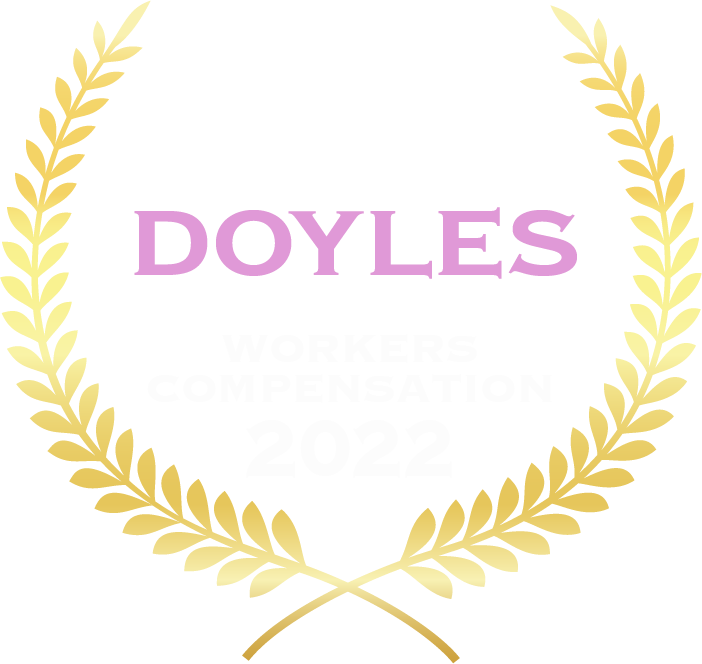In the realm of personal injury law, the concept of “duty of care” is fundamental to establishing liability and seeking compensation for Common Law damages. In Victoria, this legal principle plays a crucial role in determining whether an individual or entity owes a duty to others and whether they have breached that duty, resulting in an injury.
Determining whether another owes you a duty of care is fundamental to bringing a claim in negligence or simply contact our team of expert personal injury lawyers to navigate you through the legal process, providing expert guidance and support to achieve the best possible outcome for your case.
Let’s delve into the intricacies of the duty of care in Victoria’s personal injury legal landscape.
Duty of Care Definition
The duty of care refers to the legal obligation one party has to take reasonable measures to avoid causing harm to another. This obligation is not universal but is often based on the relationships between individuals or entities.
In Victoria, the duty of care is largely established through common law, which means it is shaped by previous legal decisions rather than legislation.
Elements of Duty of Care
To establish a duty of care in a personal injury case in Victoria, several elements must be present:
- Foreseeability: It must be reasonably foreseeable that the conduct by the alleged negligent party would result in harm (in this case – an injury).This involves assessing whether a person in the other party’s position could have anticipated the risk of harm.
- Proximity: There must be a close and direct relationship between the parties involved, creating a proximity that gives rise to a duty of care.Proximity can be physical, relational, or circumstantial.
- Reasonableness: The court assesses whether it is reasonable to expect the alleged negligent party to take precautions to prevent the harm.This involves weighing the potential harm against the burden of taking precautions.
Duty of Care Examples
The duty of care can vary depending on the context of the situation. For example:
- Occupiers’ Liability: Property owners owe a duty of care to people who enter their premises.This includes maintaining the premises to prevent foreseeable injuries.
- Medical Negligence: Healthcare professionals owe a duty of care to their patients.This duty involves providing a reasonable standard of care and skill that is expected of particular discipline of medicine or allied health.
- Road Accidents: Drivers owe a duty of care to other road users.Breaching traffic laws or driving recklessly may constitute a breach of this duty.
- Employers: An employer owes its employees a non-delegable duty to take reasonable care not to expose its workers to the foreseeable risk of injury.Simply put, an employer has an obligation to provide a safe system of work and an obligation to establish, maintain and enforce such a system.
- Schools: Schools have a duty to take reasonable care of the wellbeing of a student.
Breach of Duty and Causation
Once a duty of care is established, the court considers whether there has been a breach of that duty and whether the breach directly caused the injury. A breach occurs when the alleged negligent party fails to meet the standard of care expected in the given circumstances.
Both breach and causation turn on the facts of the case and the evidence available to the Court.
Conclusion
Understanding the duty of care is essential for navigating personal injury cases for Common Law damages in Victoria. Whether it’s a slip and fall, a medical error, or a car accident, the duty of care is a critical element in determining liability.
It is important that individuals and entities be aware of their responsibilities to prevent harm and ensure a safer community, while those who have suffered injuries can seek justice and compensation through the legal system when those expectations have not been met.
To find out more about whether you have suffered an injury in circumstances where another party owed you a duty of care, contact our team of expert personal injury lawyers.











